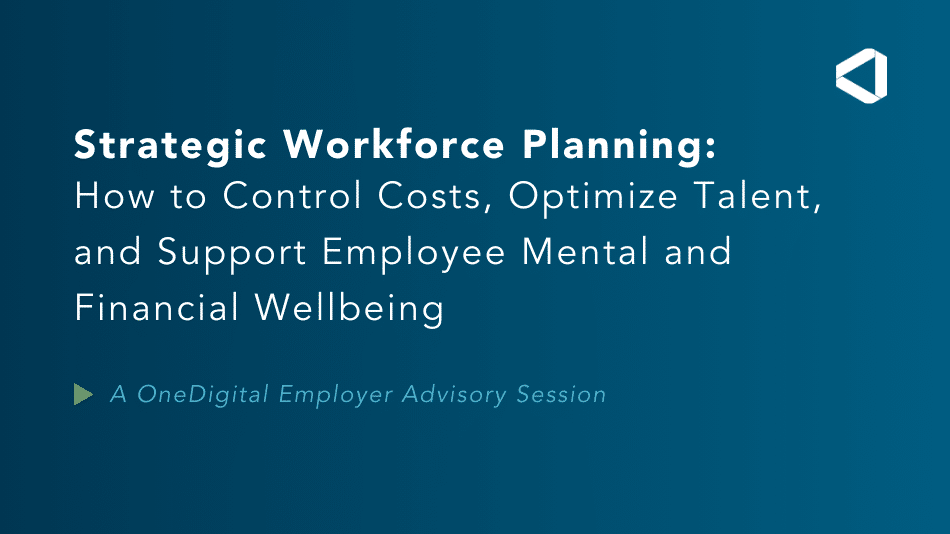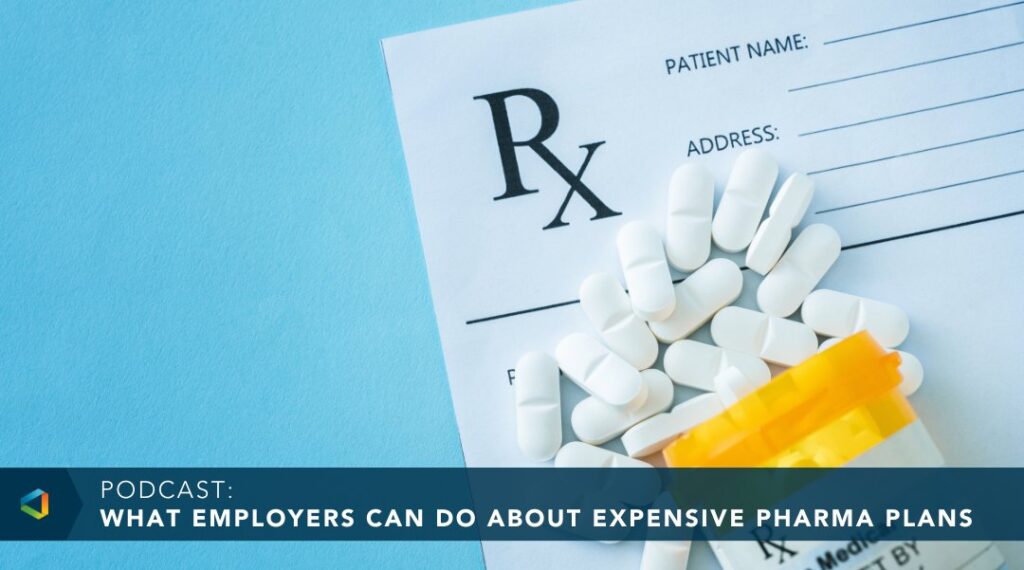Better Benefits, Lower Costs
Three Mid-Year Employee Benefits Cost Savings Strategies to Help Employers Control Cost
Three Mid-Year Employee Benefits Cost Savings Strategies to Help Employers Control Cost
Employee benefits costs can account for up to 30% of overall labor costs, and the global management of benefits costs is an ongoing affair to employers. The recent market reaction over the coronavirus is understandable, given the tragic loss of human life, the spread of the disease, and concerns about its impact on the global economy.
This type of unpredictability and sudden business disruption is not something that we have experienced in recent years, and employers are scrambling to manage their newly remote workforce, control business overhead, and avoid potential layoffs or business closure, to the fullest extent possible.
ONEDIGITAL INSIGHT ▼
Employee benefits costs are qualified as “payroll costs” under the Paycheck Protection Program (PPP) and changes made to benefits plan design may impact the amount of relief an employer might receive. Consult with your OneDigital advisor to determine the best course of action for your business.
ONEDIGITAL INSIGHT ▼
Employee benefits costs are qualified as “payroll costs” under the Paycheck Protection Program (PPP) and changes made to benefits plan design may impact the amount of relief an employer might receive. Consult with your OneDigital advisor to determine the best course of action for your business.
ONEDIGITAL INSIGHT ▼
Employee benefits costs are qualified as “payroll costs” under the Paycheck Protection Program (PPP) and changes made to benefits plan design may impact the amount of relief an employer might receive. Consult with your OneDigital advisor to determine the best course of action for your business.
Beyond exploring workforce reductions, furloughs and a reduction of hours for non-exempt employees, employers seeking to reduce their health care spending can consider these aggressive benefit design strategies as a way to control costs immediately:
-
Leverage Carrier Grace Period Extensions
Many insurance carriers are now implementing grace period extensions for premium payments. This is not a premium holiday, however, it does allow more time to make payment. Extensions are negotiated on a case by case basis, depending on the severity of the business’ financial situation, but can provide as much as a 90-day payment extension. Some Ancillary carriers are beginning to extend standard grace periods across their entire book of business, offering 60 days instead of the standard 30 day grace period. Some states are even beginning to request extensions on behalf of businesses. Your OneDigital Benefits Advisor can help you determine what grace period extensions are available in your region and from your specific carrier.
-
Change Contribution Strategy
An additional strategy is a change in contribution levels, where employers pay less toward the health plans either for employees or their dependents. We are seeing this option more with employers that have not furloughed their staff or exercised a reduction in hours as a result of declining business operations. With this option, it is essential to note the following:
- With a change in contribution, there are section 125 plan considerations if the employer has pre-tax contributions in place
- Cost changes are a permitted event for a mid-year election change, creating a limited open enrollment for employees to change the plan they are enrolled in, or drop their benefits altogether.
- Employers should ensure their plan document allows for contribution changes. If not, a plan amendment can be issued to be able to make those changes.
- The employees’ change in benefits covered would need to be consistent with the event, allowing employees to shift to lower-cost plans as a result of higher benefits costs.
With this cost-saving option, the new plan must be tested for affordability under the Affordable Care Act.
HSA & FSA
If a benefits plan includes Health Savings Accounts (HSA) or Flexible Spending Accounts (FSA), there are also limits in place for how those benefits can be altered mid plan year. Medical FSAs are typically less flexible and do not allow for the same type of mid-year changes as an HSA. The silver lining to this is with dependent care FSAs. Currently, many employees and their partners are home with their children due to school and daycare provider closures – this creates a change in the child care expenses, permitting a decrease in election amounts.
In terms of HSAs, the irrevocable election rules do not apply to HSA benefits, and employees that make HSA contributions under a cafeteria plan may start or stop the election, or increase or decrease the election at any time during the plan year if the change is effective prospectively.
-
Eliminate or Change the Contribution Strategy of Ancillary Lines of Coverage
Another cost-saving measure is the option of eliminating or temporarily suspending ancillary benefits, such as life insurance, disability benefits, dental insurance, or vision benefits. It may seem draconian to remove benefits from employees, however, with the current landscape that COVID-19 has implanted, the most significant benefits at the present moment are medical and prescription drug benefits. This strategy will still allow employers to scale back while still retaining the most important benefits needed today.
As an alternative, if an employer is uncomfortable completely removing the benefits, they can make those benefits voluntary, requiring the employees to pay for them, rather than the employer. In that scenario, the new program would need to be underwritten and may need to meet certain levels of participation. Employees and the insurance carriers will also need as much as a 45-day notification. Special open enrollment periods will also come into play for these adjustments.
With any mid-year plan adjustments, employers need to keep in mind that changes require 60-days advance notice of any material change to the SBC, outside of renewal, which is a requirement of the Affordable Care Act. Self-funded employers will also need stop-loss approval to make a change in benefits to ensure there is seamless stop-loss coverage.





